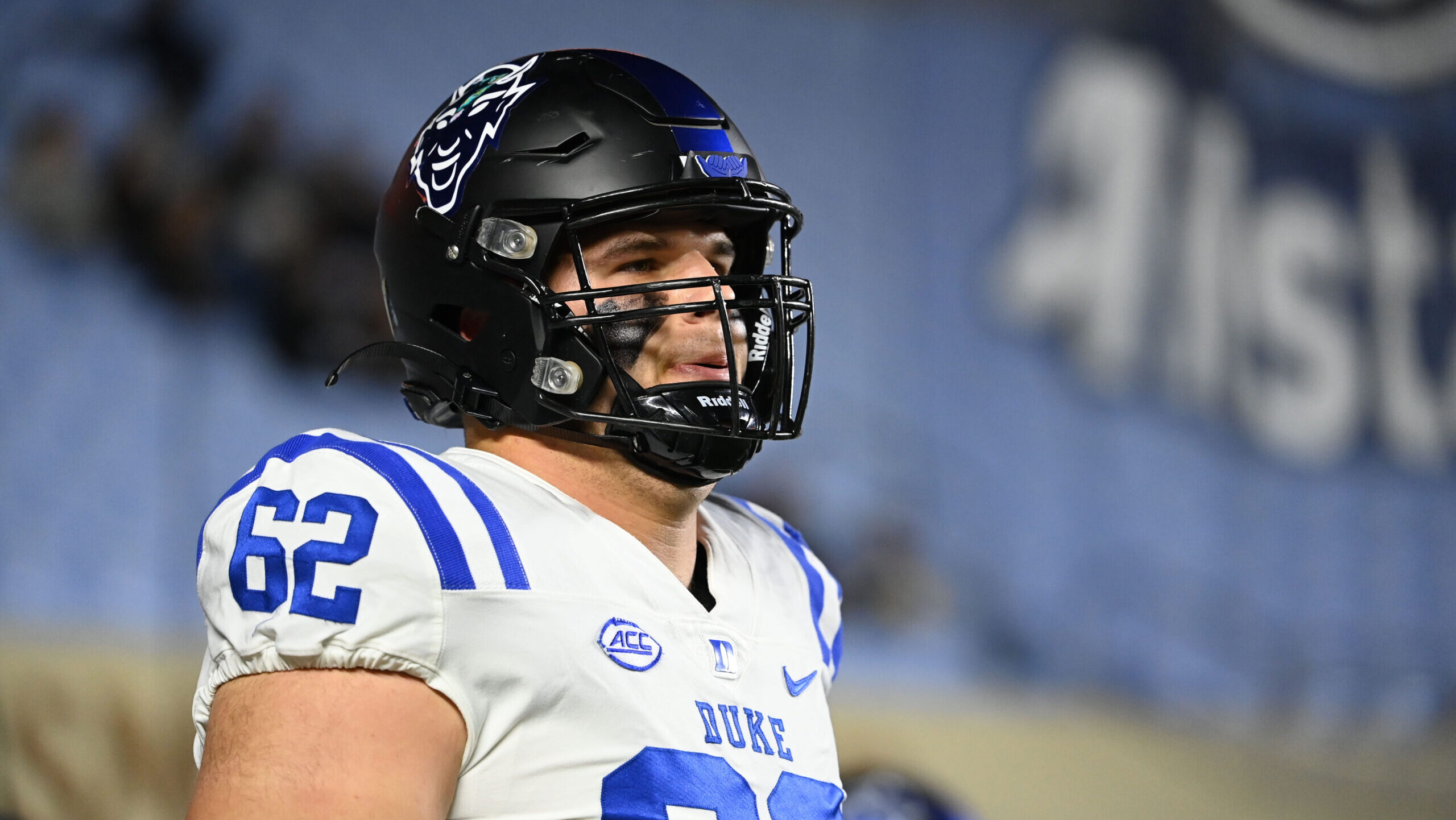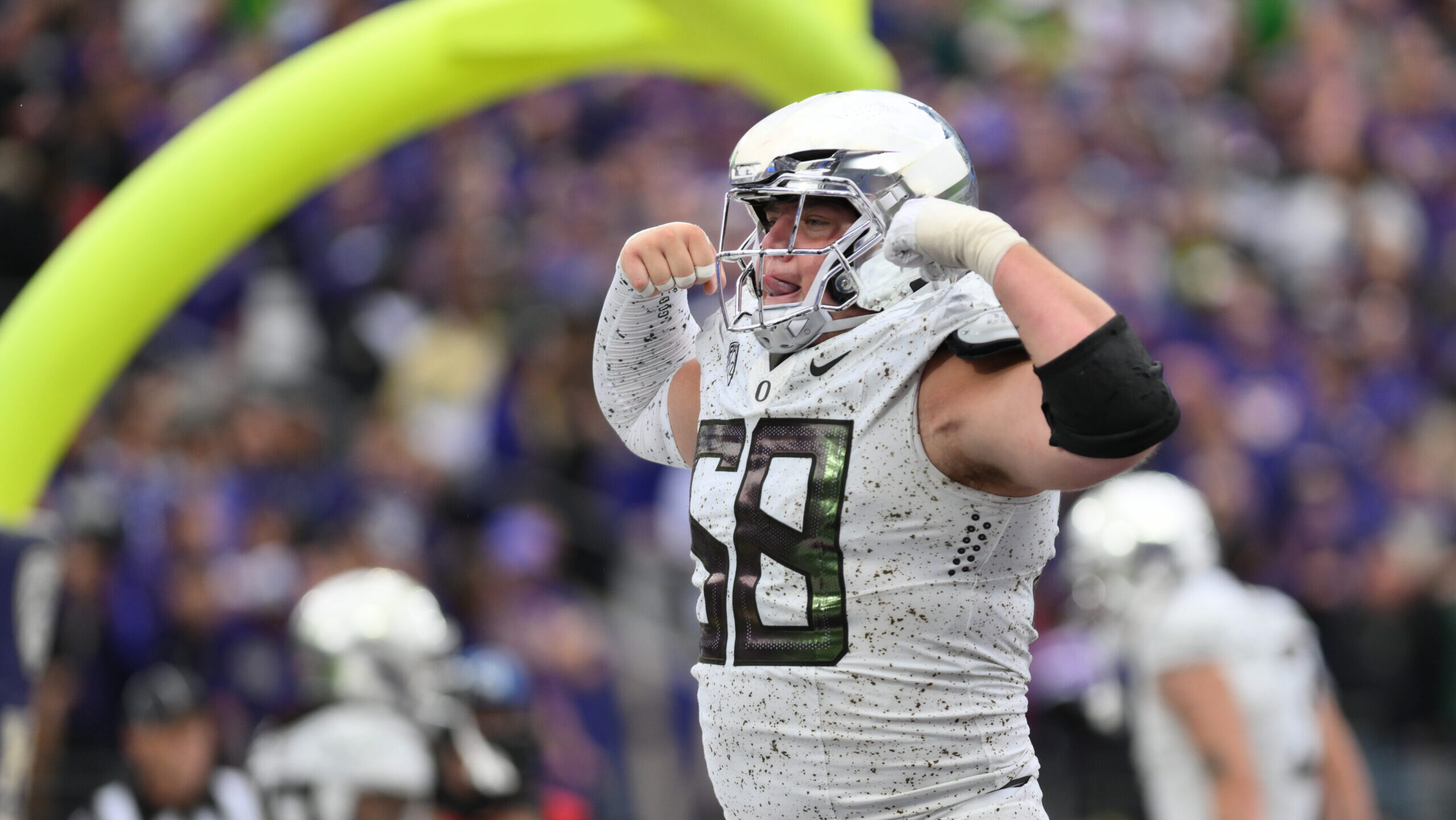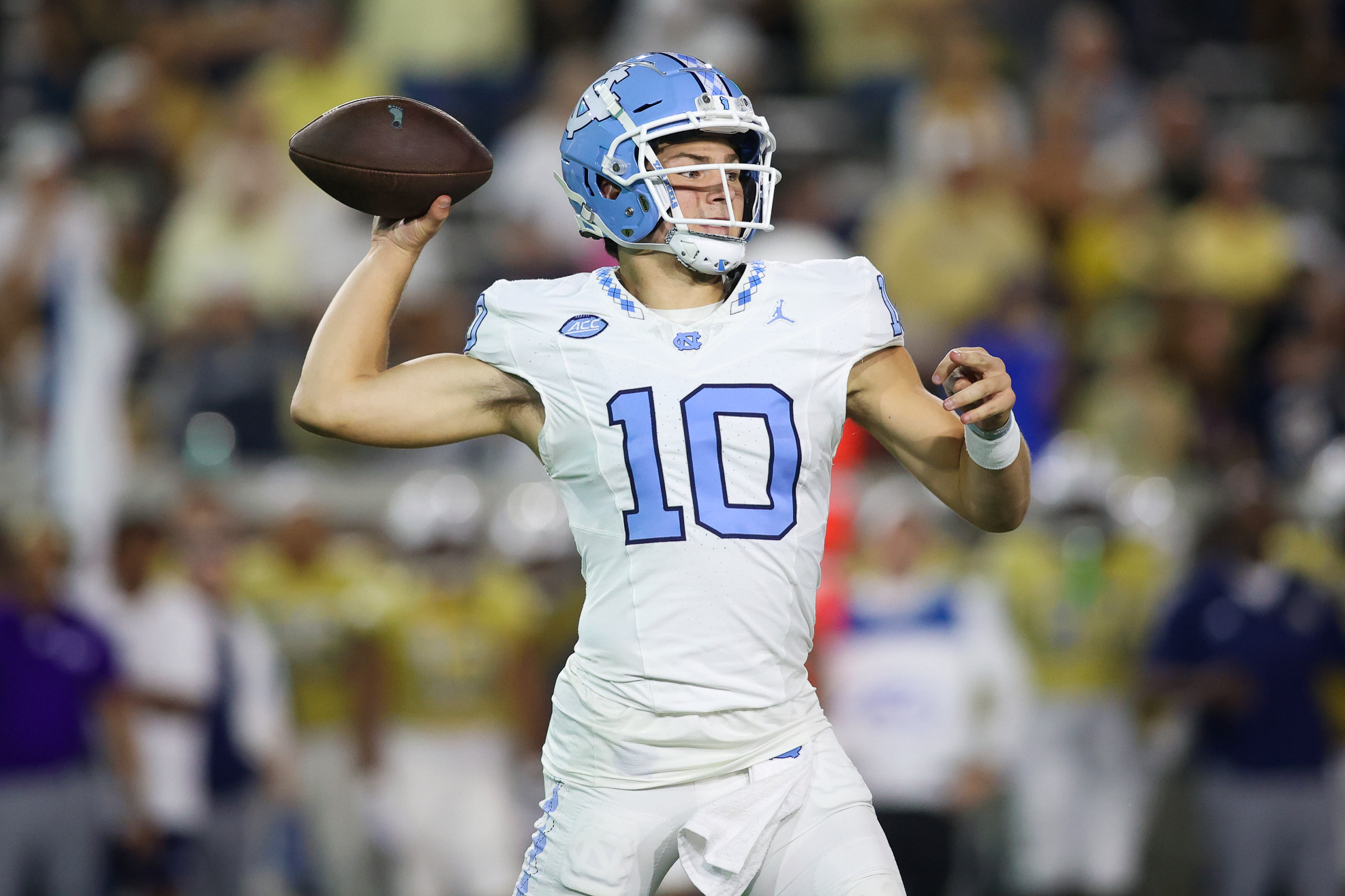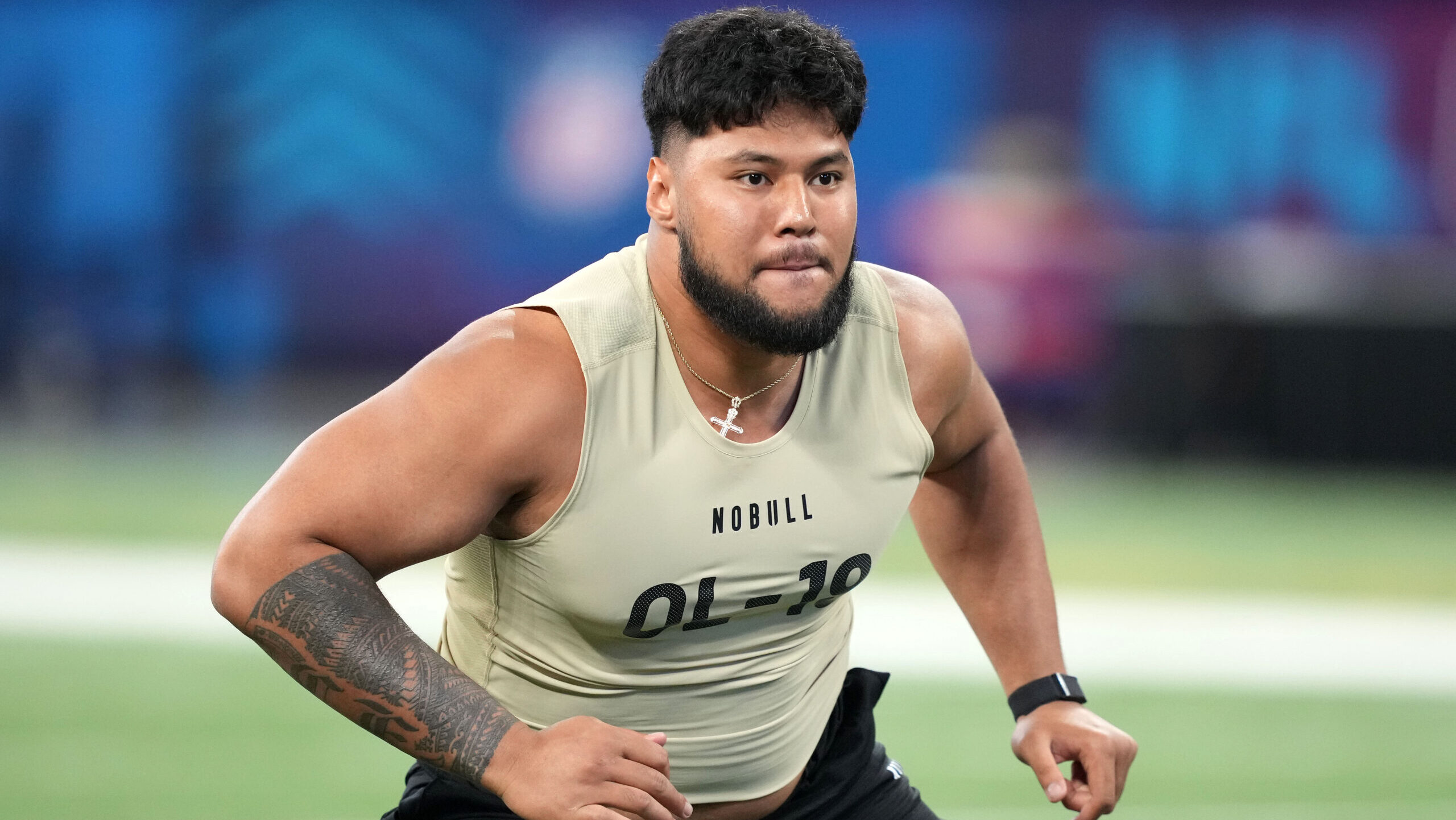Analysis
9/22/22
7 min read
Miscues By Bengals, Chargers Provide Valuable Teaching Moments
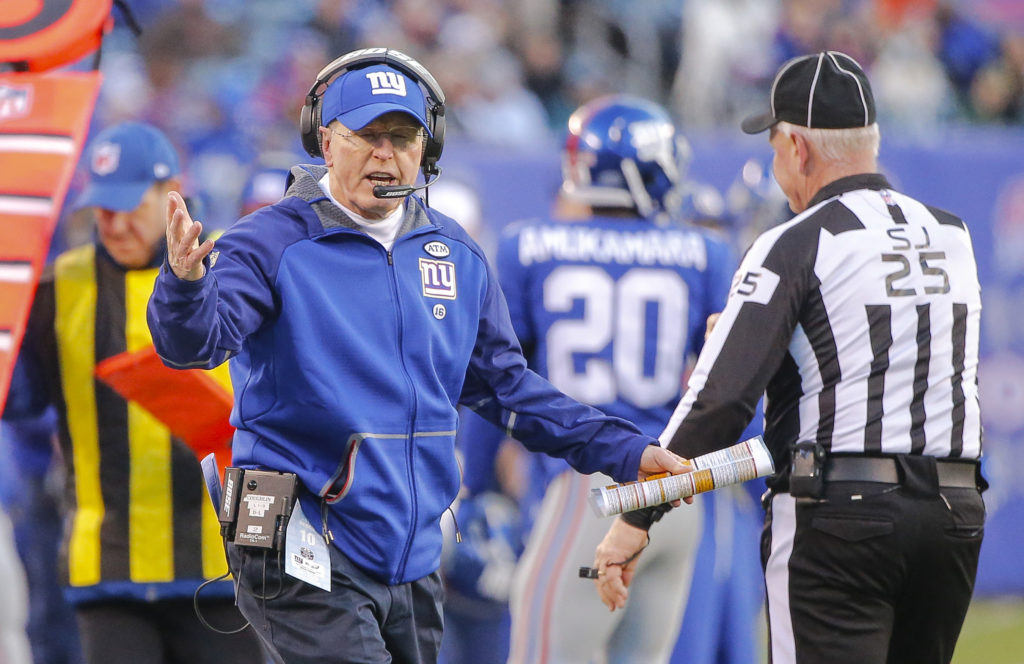
One aspect of coaching that is critical to a team’s and an individual’s success is the opportunity to teach.
There are a vast number of scenarios that have to be walked through or practiced during training camp or the preseason. You might get the scenario in a game you practiced the most, but if something else arises, well, you don’t always have the time to go over everything.
Two examples that stood out to me from the first two weeks came from games involving the Chargers and Bengals, teams that wanted to go hurry up and get right on the ball. These are the reasons teams go to an up-tempo style:
>> They have momentum and want to take advantage of it.
>> The element of surprise and making sure the defense cannot get properly aligned.
>> They don’t want to play against the big people on the goal line. The defense can substitute in the NFL when the offense substitutes. If the same offensive players stay on the field, you will keep that group on defense on the field when you go no-huddle. That is a strategy you use when you go from outside the tight green area to inside it. You can do it with up-tempo play.
But when something different happens, you have to be prepared.
Week 1: Bengals' Miscue vs. Steelers
Suppose you want to challenge a call, or you need to huddle. The head coach has people assigned to various responsibilities during the game. One of those responsibilities includes someone to look at replays to help determine whether to challenge an officiating call or not. In Week 1 against Pittsburgh, Bengals receiver Ja'Marr Chase caught a pass from Joe Burrow and had his foot land on the goal line late in the fourth quarter, but Chase was ruled just short of the goal line when it should have been a touchdown. The officials missed it, but the Bengals went up-tempo right away.
Maybe the communications had gone awry or the guy in charge of telling the coach to challenge didn’t do so, or they didn’t get a good look right away. It was not in the last two minutes of the half (2:52), so Cincinnati would have had to challenge.
The consequence was devastating for the Bengals. Starting from the 1-inch line, they had four goal-to-go opportunities to score, but Pittsburgh’s defense rose up and stopped the Bengals from reaching the end zone in a game they lose in overtime.
Week 2: Chargers' Miscue vs. Chiefs
With the Chargers last week, tight end Gerald Everett had just taken a pass 26 yards to the Kansas City 3 — his second consecutive catch on a crucial drive early in the fourth quarter. To me, he clearly looked hurt on the play.
When you have an injured player or one who needs a breather, and his hand is up and/or he is tapping his helmet — like Everett was doing after his 26-yard catch — there is a coach on the sideline on the headset immediately in communication with the offensive play-caller. In many cases, that play-caller is the head coach, but with the Chargers, Brandon Staley is not the offensive play-caller, he is a defensive guy.
That sideline coach is always telling the play-caller the time and distance. And if it is not communicated well enough that there is an injured player, you can have a devastating result like what happened to the Chargers. Quarterback Justin Herbert signaled for up-tempo, Everett limped to his position in the formation, the ball was snapped, and the pattern was run. But Everett did a poor job because he was hurt.
The ball, by the quarterback’s progressions, went to him, and the defender, rookie CB Jaylen Watson, intercepted it and ran 99 yards for a touchdown. That was the decisive factor in the Chiefs' 27-24 victory.
Learning From Those Mistakes
These are teaching moments. Football is a game of multiple situations and countless spinoffs off of those. The responsibility of game management lies with the head coach — with someone assigned in the press box to make those determinations.
It’s a coaching staff thing, particularly if the head coach is an offensive guy. You must communicate to him when scenarios mentioned above with the Bengals and Chargers take place.
Should we challenge this? Yes, the guy’s foot was on the goal line, so let’s challenge.
Same thing for Herbert. You have an injured player, which should take you out of the hurry-up situation.
During the week, all 32 teams have a research guy. He is following everyone else in the league and every game. On Monday morning, you want him to present a list of things — unusual things — that happened in the league that were significantly different than you would have prepared for. You have to list them under your situational preferences; if they happened, what would you have done?
For example, Cincinnati lost long-snapper Clark Harris when he injured his bicep in the first half at Pittsburgh. Cincinnati needed to use tight end Mitchell Wilcox on several snaps, and the Bengals had an extra point blocked and a very makeable field goal go wide.
On a Friday, when you have a full review of special teams, you could put in the backup snapper to do some snapping, or have the punter do some place-kicks, or have the kicker do some punts. You wouldn’t do it on a Saturday when the walkthrough is more mental preparation – situational stuff, intellectual stuff — but maybe during the week or on Friday.
All these things must be discussed and brought to the attention of the head coach. These things are worth talking about.
It is early in the season, and there is not enough time to cover every scenario with coaches and players. You are pretty much stuck with the initial presentation, but you need to have a way out of that when necessary. You need a signal for when the offensive team needs to get out of hurry-up and into the huddle or when you need to challenge a call, or when you have an injured player who needs to come off the field, for instance.
How I Handled It
I’ll use an example of one of the things I did a lot of as a head coach, which was the two-minute situation for the offense and defense. That provides great competition, and you have the No. 1s vs. the No. 1s and 2s vs. 2s.
It guided you through some tremendous learning —for yourself, the staff, the quarterback and the other players. So, when something comes up differently that you have to make an adjustment for, perhaps penalties, you have gone through all those scenarios.
I saw the positive effects of those teaching moments at the conclusion of the 1999 season when veteran safety Carnell Lake was with us in Jacksonville. Carnell said the reason the team was good was that we worked on so many different scenarios, and there were so many things that came up that we had prepared for.
There were – and there always are — so many what-would-you-do scenarios, and he said it was a great way to put everyone in that situation.
WATCH MORE: Bengals, Broncos In Trouble


